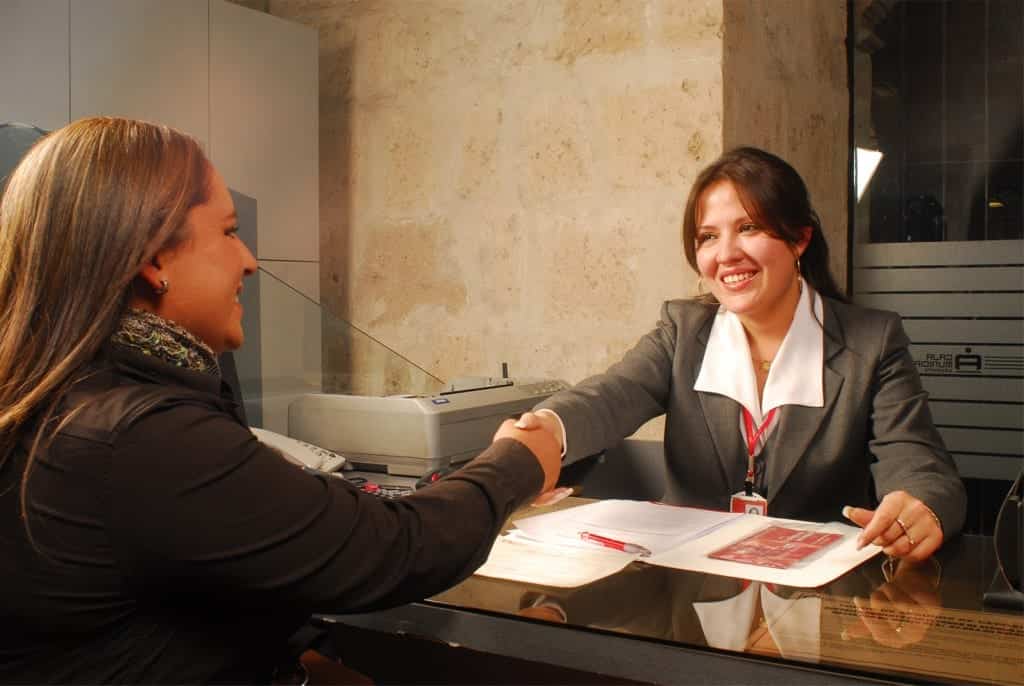[ad_1]
 For these of us within the monetary inclusion world, the discharge of the International Findex is just like the Olympics, the Oscars, and the World Cup all rolled into one. The information are compiled each three years, offering us with essential data that may information enterprise choices, authorities insurance policies and strategic selections till the following launch. To present you a way of the anticipation surrounding yesterday’s launch of the 2017 information: the World Financial institution web site crashed resulting from extreme demand for entry to the database.
For these of us within the monetary inclusion world, the discharge of the International Findex is just like the Olympics, the Oscars, and the World Cup all rolled into one. The information are compiled each three years, offering us with essential data that may information enterprise choices, authorities insurance policies and strategic selections till the following launch. To present you a way of the anticipation surrounding yesterday’s launch of the 2017 information: the World Financial institution web site crashed resulting from extreme demand for entry to the database.
The Findex is such a wealthy useful resource that each one of us at Ladies’s World Banking shall be poring over it for weeks to come back, however I needed to share some preliminary ideas on what we’re seeing:
What I’m enthusiastic about:
Extra girls have an account.

Authorities funds paved the way.
 The international locations making essentially the most progress towards monetary inclusion are people who have invested in digitizing welfare funds and different monetary transactions. The price of offering monetary companies to many low-income individuals stays too excessive if digital funds are not an choice. This report from the Higher than Money Alliance highlights the vital hyperlinks between digitizing authorities funds and monetary inclusion.
The international locations making essentially the most progress towards monetary inclusion are people who have invested in digitizing welfare funds and different monetary transactions. The price of offering monetary companies to many low-income individuals stays too excessive if digital funds are not an choice. This report from the Higher than Money Alliance highlights the vital hyperlinks between digitizing authorities funds and monetary inclusion.
Sadly, I discovered a number of problems with concern that have to be explored additional:
The gender hole stubbornly persists.
 Over the eight years that the International Findex has been compiled, the gender hole in account possession has not budged in any respect, remaining at 9% in growing economies. Regardless of the rise in total variety of accounts, now we have not managed to handle the systemic obstacles girls face in accessing monetary services and driving in the direction of gender parity.
Over the eight years that the International Findex has been compiled, the gender hole in account possession has not budged in any respect, remaining at 9% in growing economies. Regardless of the rise in total variety of accounts, now we have not managed to handle the systemic obstacles girls face in accessing monetary services and driving in the direction of gender parity.
Will know-how go away girls additional behind?
With girls ten % much less more likely to personal a cell phone and 6 % much less more likely to personal a cellphone and have entry to Web (i.e., a proxy for Smartphone possession), the advantages of the proliferation of digital monetary companies might not really attain many low-income girls. In Bangladesh, for example, there’s a 29% gender hole in account possession and males are twice as seemingly as girls to have each a cell phone and entry to the Web. There’s additionally a 5 % gender hole amongst these respondents who’ve made or acquired a digital cost within the final 12 months. Curiously, even within the Philippines, the place girls usually tend to have an account than males, the share of account homeowners utilizing digital funds is 9 proportion factors increased amongst males than girls.
Some markets are transferring backwards.
The variety of girls in each Mexico and Nigeria with an account has decreased from the 2014 Findex, with the gender hole growing as nicely. Ladies’s World Banking is within the technique of conducting in-depth market intelligence in these two markets to achieve a greater understanding of the problems which can be inflicting this downward trajectory.
Ought to we take a “women-centered design” strategy to monetary inclusion?
 Twenty % of account homeowners have made no deposit or withdrawal within the final 12 months. Inactive accounts are an issue globally, however the quantity is especially excessive in South Asia; the truth is, India has the most important variety of inactive accounts – at 48 %. Ladies’s World Banking has just lately began three tasks in India the place we are going to make use of women-centered design methods to keep away from dormancies and enhance the utilization of monetary merchandise by girls. We’ll be listening intently to girls articulate their wants after which designing services to fulfill them. And, in fact, sharing all that we study!
Twenty % of account homeowners have made no deposit or withdrawal within the final 12 months. Inactive accounts are an issue globally, however the quantity is especially excessive in South Asia; the truth is, India has the most important variety of inactive accounts – at 48 %. Ladies’s World Banking has just lately began three tasks in India the place we are going to make use of women-centered design methods to keep away from dormancies and enhance the utilization of monetary merchandise by girls. We’ll be listening intently to girls articulate their wants after which designing services to fulfill them. And, in fact, sharing all that we study!
The International Findex provides us a wealthy set of information to measure our progress and establish the place we have to re-double our efforts. At Ladies’s World Banking, this information will inform our work within the precedence markets we’ve recognized in our newest strategic plan – markets the place, based on Findex, almost 50% of the 1.7bn unbanked individuals reside. Now that we’ve received the info, it’s time to get to work!
[ad_2]

